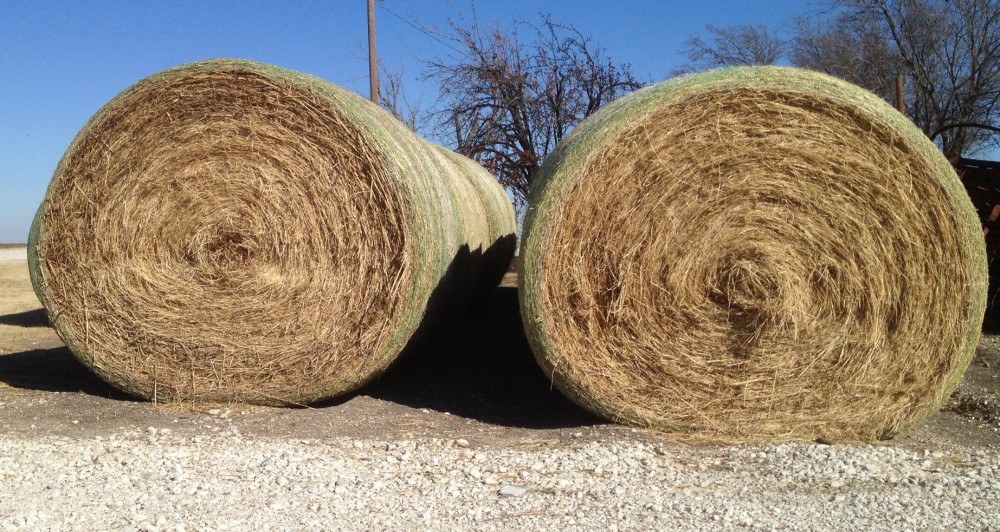Let’s talk ducks.
In the winterlands of the Northern Hemisphere during the Holiday seasons, ducks are always a pleasant subject of conversation. Looking up, the high-flying V’s can be seen crossing the skies to migrate south or just move around the neighborhood. Honking and whistling, those ducks are heard from far off, then here, over there and everywhere. Hiding and seeking in their playful manner, the extended necks of low-flying pairs zoom by searching to glean leftovers from the farmers’ harvested fields. They are birds you don’t always see, but ducks you see and enjoy this time of year.
Biologically speaking, ducks, geese and swans are part of Anatidae family of birds. These are all birds that swim and float on the surface of water. Some even take a dive and feed under the water. These swimming bird are a very old group. Their earliest ancestors are thought to have lived at the time of the dinosaurs.
Whistling ducks are not true ducks. They are considered a separate tribe in the goose sub-family. Certainly, they are Anatidae water birds, but more goosey than ducky. Bigger than most ducks but smaller than most geese, they are their own ducks. Eight separate groups of whistling ducks are spread across the warmer climates of the world, the tropics and subtropics. They are in every continent except Antarctica — sorry, too cold down there. And, they all make a lot of noise with their clear, whistling waa-chooo calls.
My favorite local Waa-choooer is the Black-bellied Whistling Duck. This bird likes Texas and lives year-round near the warmer coastal waters of the state, at times wandering inland and upland along the rivers and streams. It is a gregarious bird, which means it likes company and socializing. The Black Belly is always ready to whistle up a party with family and friends.
An attractive bird, the Black-bellied Whistling Duck sports rich chestnut body plumage, a black belly (of course) and black tail, long pink legs, unique white wing bars, a long red bill and distinctive white eye-rings. This whistler is an eye-turner of a duck, but it’s not stuck-up. On the contrary, it’s really quite an easy-going bird, who prefers long-term relationships. They are unique among the ducks for choosing one partner and staying together for life.
“It takes a village” to raise those young Black-bellied Whistlers, so the parents work together, even in nesting and incubating the eggs of their future kids. One birder observed 99 eggs in a single nest, being tended by a number of paired adults. It appears that “It takes a flock” for these ducks, and the numbers show it’s working well. Populations have increased over the last 30 years, and the global population of Black-bellied Whistling Ducks is estimated at some 1,550,000 happy-to-meet-you-let’s-have-a-party birds.
Keep your eyes pealed for those high-flying V’s and, who knows, you may get lucky and get whistled at by a duck troop of Black Bellies on a floating frolic in the winter sun.
Join in the game, pucker your lips and whistle right back at those fun-loving birds,
Grandpa Jim
PS: Since the Black-bellied Whistling Duck is of a goose-like clan, it is appropriate that ducks and geese unite and raise their whistles and honks in support of “The Goose and the Gander,” who have their very own story of water birds and their ground-bound friends. The story is under “Mary and Other Stories.” Good reading and storytelling.
